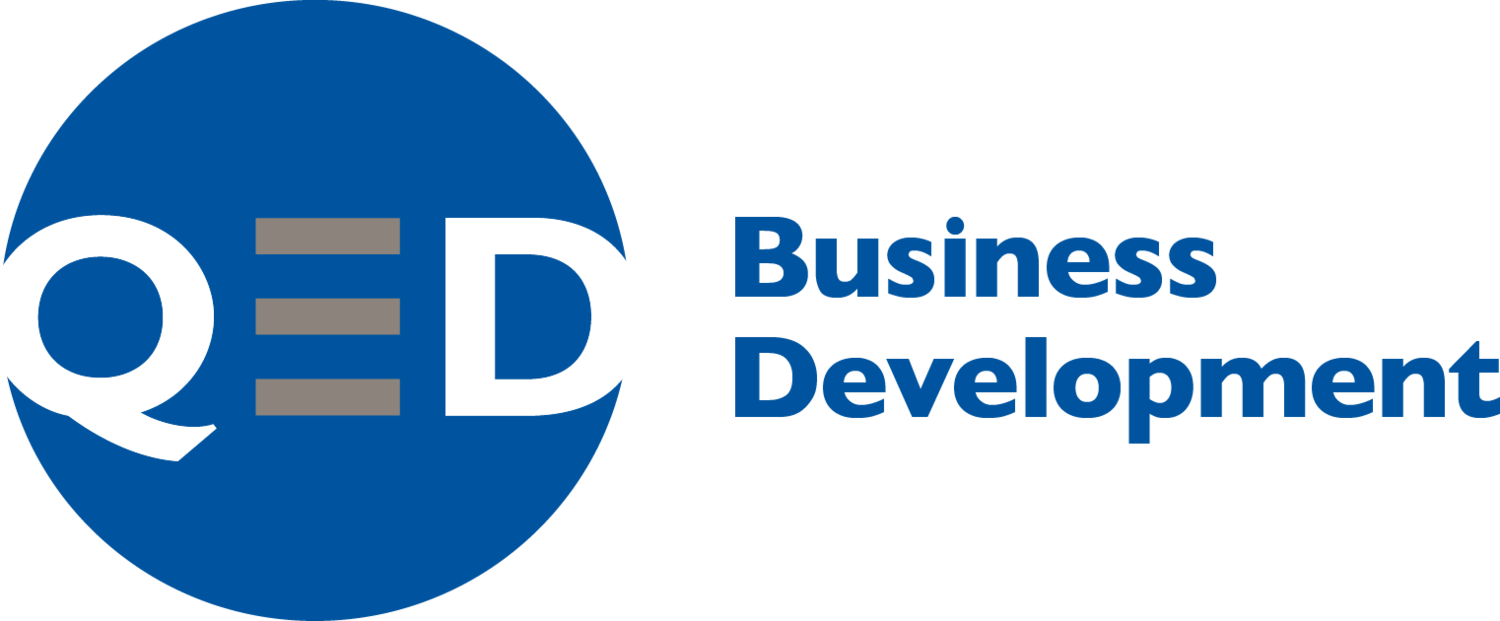There has been a bit of talk lately about how to plan for a meeting in professional services. There have even been some other similar models thrown out that try to address this problem.
Let me first tell you that I’ve been sharing my model with my clients since 2018. Hundreds of you have probably already seen it, used it and know how it can help you get better outcomes from your meetings. The model is called the SHARE / LEARN /ACT (SLA) model – and its origins go even further back to 2008 when I created its prior incarnations.
So today, I’m going to publicly disclose an outline of my intellectual property – something I’ve never done willingly before. But these are special circumstances, and I’m excited to show all of you the original and best meeting planning tool I know of.
It’s clear. It’s succinct. And it works.
So what is it?
It comes in three EASY parts:
Part 1:
SHARE – (a) Think about the best deal you’ve done this year. Or think about the best advice you’ve provided a client this year. How big was the deal? How much money did you save the client? What risks did you help them avoid?
(b) Alternatively, think about the range of clients you’ve served this year. Were there consistent and underlying problems many of them faced? How are they/did they address these problems? Did you help them? How? What commercial benefit did they receive?
How could you fashion a story – a SHARE – out of this? Are there lessons for the person you’re meeting in your story? What are they? How can you share these lessons without disclosing confidential information?
Part 2:
LEARN –
Having provided the goodwill inherent in Part 1: SHARING, we can now move into the second and most interesting part of our meeting – the LEARN.
What DON”T you know about the client? I’m sure you’ve already done your online research so you won’t need to ask questions where the answers are publicly available. But there’s real value in asking questions that get behind the public face of an organisation.
As my clients know, there are specific questioning models that work better than others.
Please call me if you would like to discuss how to get more value from this crucial element of your meeting.
Part 3:
ACT
Having had a valuable and deep conversation in PART 2: LEARN, there should be a logical outcome – an ACTion. It should not need to be forced. You don’t need to get them to do anything other than that - an action that you have both committed to.
It should naturally flow from the time you’ve just spent learning about the client’s needs. It should be part of a natural conversation, not a ‘pitch’. It shouldn't be sales-y.
There are good and not-so-good ways to take the conversation at this point. If you want to know how to deal with it professionally, conversationally and customise it for your markets and clients, please contact me.
So – simple, really. In my opinion, this is the best way to plan for a meeting. And hundreds of people know why it works. I hope you find it valuable too.
Thanks for reading.
Paul McAllister
I have been creating practical solutions to help professionals win more work ethically since 2003. Please call me if you’d like to talk.

